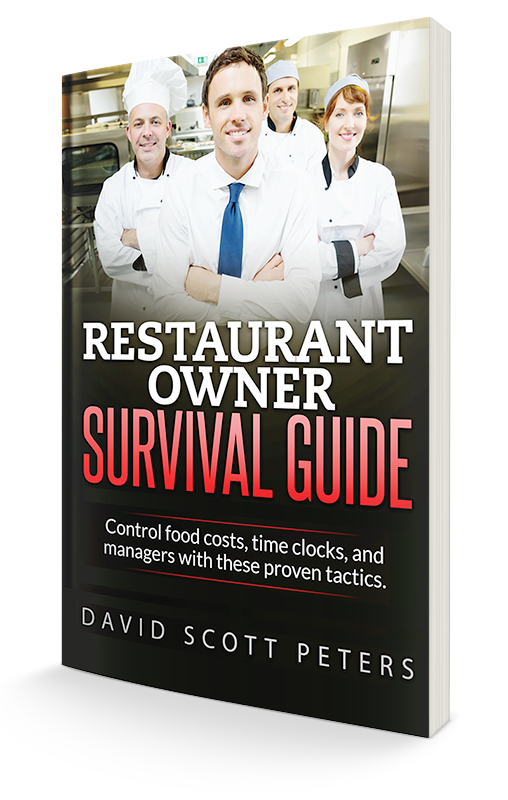Want to Know Your Restaurant Prime Cost?
Prime cost, prime cost, prime cost! It’s all we think about. It’s where we lose the most money when we don’t pay attention. It’s in the control of management every day in how they hire, fire and train employees. How they purchase and utilize products. How they schedule, prep and serve the guest. It’s the MOST IMPORTANT NUMBER you MUST know in your business in order to facilitate change and make more money!
If restaurant prime cost is so damn important, then why do so many restaurant owners allow their managers not to do the work or do only part of the work and stop there? The short answer is … I DON’T KNOW!
What is restaurant prime cost?
Let’s start off with reviewing what goes into prime cost. Prime cost is the grand total of cost of goods sold, which includes food, beverage, draft beer, bottle beer, wine and liquor costs, and total labor cost, to include taxes, benefits and insurance. Owner’s salary only is included if the owner is managing shifts. If the owner manages only two shifts a week, then 2/5 or an adjusted 2/5 (what you would pay a manager) is included in the prime cost total. If the owner works on the business, rather than in it, they do not belong in that number.
NOTE: True cost of goods sold can only be calculated when you take inventories to find the value of every product you have on your shelves at least once a month, preferably once a week. This is required because to know your cost of goods sold, you take your beginning inventory and add all of your purchases (even if they were not paid for) to get your total available to sell. Then subtract your ending inventory to find out what product was used in that period, or in other words, left the shelves between those two inventories, whether it was sold, wasted, spoiled or stolen. Product used divided by gross sales gives you your cost of goods sold percentage. Gross sales is defined as the ring at the register before discounts are taken out and not including sales tax (sales tax collected is not a sale).
If you don’t take inventories for value, the way you find our cost of goods sold percentage is to take the past 12 months of purchases and divide them by sales for the same 12 months. While this is not a perfect number, it’s pretty darn close because the difference in starting and ending inventories will not really change that number much.
Where should my prime cost be?
When I started my business more than 11 years ago, the prime cost targets were 65 percent for a full-service restaurant and 60 percent for a quick-service restaurant. With rising costs, the fragile economy and the successes we’ve had with restaurants, we moved that target down considerably. If you do at least $850,000 a year in gross sales, your prime cost target is 55 percent. That means if you do $1,000,000 in sales and you currently run a 65 percent prime cost, I’m telling you there are at least 10 points, or $100,000, in bottom-line profitability on the table. And the higher your sales the lower the number. For example we have members who do $4,000,000 or more in sales running 42 percent weekly serving Tex-Mex and 50 percent serving Certified Angus Beef.
For those restaurants with sales under $850,000 a year, your target is 60 percent.
To learn what systems you need to find and control your restaurant prime cost, read this article.
You can also read more about the importance of systems and how they help restaurant owners find and reach their prime cost. Download our free special report, Breaking Away from the Insanity: How to easily take control of your restaurant and make more money. Download it here.





